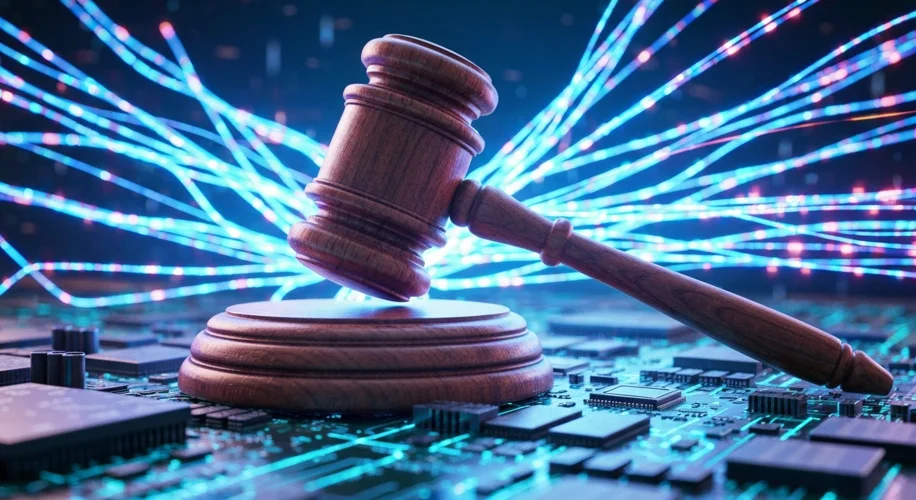It’s no secret that artificial intelligence is evolving at a breakneck pace. What was science fiction just a few years ago is now a part of our daily lives, from how we work to how we communicate. But as AI pushes forward, our legal systems are finding themselves in a bit of a race to keep up.
Think about it. Our laws, many of them centuries old, were built for a world where human intent and action were much more straightforward. Now, we have algorithms making decisions, creating content, and even driving cars. This rapid innovation poses some interesting challenges to our existing legal frameworks.
One of the biggest hurdles is accountability. When an AI system makes a mistake or causes harm, who is responsible? Is it the developer who created the algorithm? The company that deployed it? Or perhaps the user who interacted with it? Our current laws aren’t always equipped to clearly answer these questions, especially when AI systems can learn and adapt in ways that weren’t explicitly programmed.
Another area of concern is intellectual property. If an AI creates a piece of art or writes a piece of code, who owns the copyright? Current copyright law is largely based on human authorship. Applying these principles to AI-generated works is proving to be a complex legal puzzle.
So, what’s the path forward? We need to find ways to adapt our legal landscape without stifling the incredible potential of AI. One idea being discussed is the creation of specialized tribunals or courts focused on technology and AI. These bodies could be staffed with experts who understand the nuances of AI, allowing for faster and more informed decisions.
Another crucial element is balanced regulation. We need rules that foster innovation, encouraging continued development and investment in AI, while also putting guardrails in place to mitigate risks. This means considering everything from data privacy and algorithmic bias to safety standards and consumer protection.
The goal isn’t to stop progress, but to guide it responsibly. We need regulations that are flexible enough to adapt to new AI advancements but also robust enough to ensure that justice is served and that everyone can access it, regardless of the complexities introduced by artificial intelligence. It’s a delicate balance, but one that’s essential as we navigate this exciting new era.

